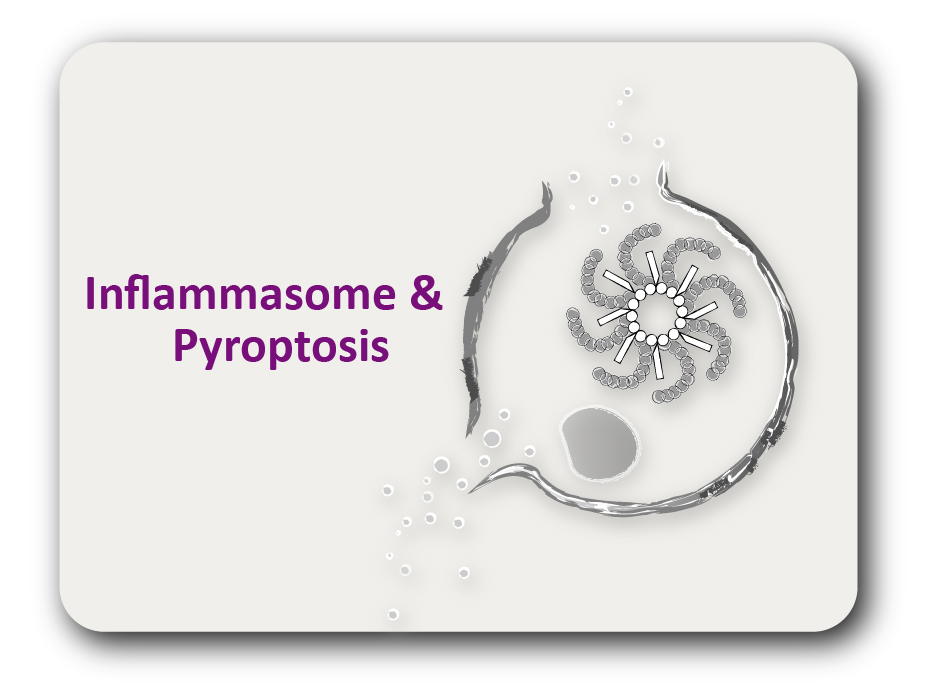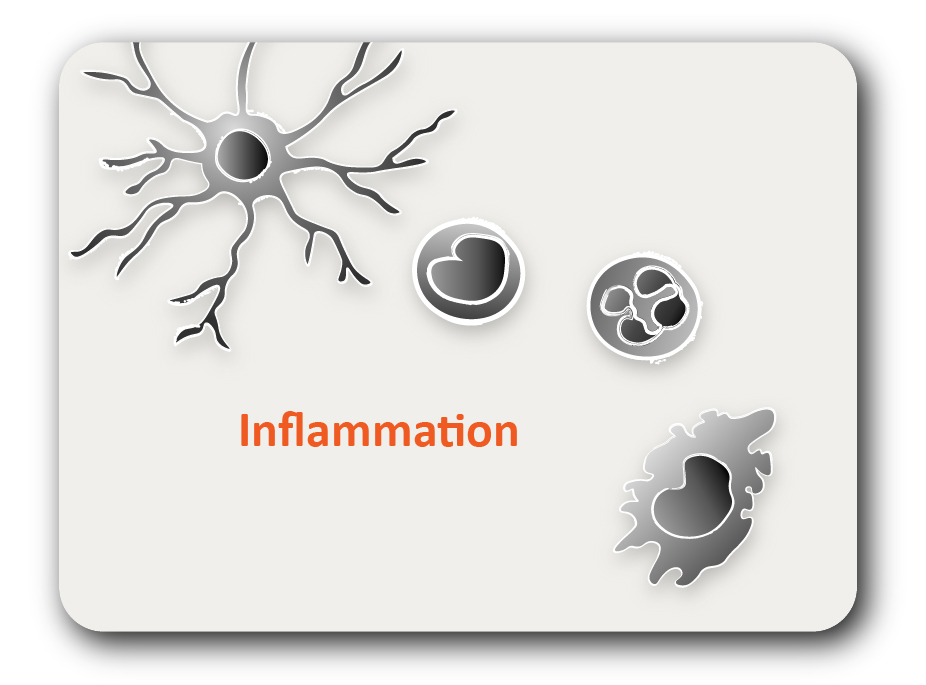ARG22013
anti-CD30 antibody [mCD30.1]
anti-CD30 antibody [mCD30.1] for Blocking,Flow cytometry and Mouse
概述
| 产品描述 | Hamster Monoclonal antibody [mCD30.1] recognizes CD30 |
|---|---|
| 反应物种 | Ms |
| 应用 | BL, FACS |
| 特异性 | Mouse CD30 |
| 宿主 | Hamster |
| 克隆 | Monoclonal |
| 克隆号 | mCD30.1 |
| 同位型 | IgG1 |
| 靶点名称 | CD30 |
| 抗原物种 | Mouse |
| 抗原 | Mouse CD30-Mouse IgG1 fusion protein |
| 偶联标记 | Un-conjugated |
| 別名 | Tumor necrosis factor receptor superfamily member 8; Ki-1 antigen; CD30; Ki-1; Lymphocyte activation antigen CD30; CD antigen CD30; D1S166E; CD30L receptor |
应用说明
| 应用建议 |
|
||||||
|---|---|---|---|---|---|---|---|
| 应用说明 | * The dilutions indicate recommended starting dilutions and the optimal dilutions or concentrations should be determined by the scientist. |
属性
| 形式 | Liquid |
|---|---|
| 缓冲液 | BBS (pH 8.2) |
| 浓度 | 0.5 mg/ml |
| 存放说明 | For continuous use, store undiluted antibody at 2-8°C for up to a week. For long-term storage, aliquot and store at -20°C. Storage in frost free freezers is not recommended. Avoid repeated freeze/thaw cycles. Suggest spin the vial prior to opening. The antibody solution should be gently mixed before use. |
| 注意事项 | For laboratory research only, not for drug, diagnostic or other use. |
生物信息
| 数据库连接 |
Swiss-port # Q60846 Mouse Tumor necrosis factor receptor superfamily member 8 |
|---|---|
| 基因名称 | TNFRSF8 |
| 全名 | tumor necrosis factor receptor superfamily, member 8 |
| 背景介绍 | CD30 is a member of the TNF-receptor superfamily. This receptor is expressed by activated, but not by resting, T and B cells. TRAF2 and TRAF5 can interact with this receptor, and mediate the signal transduction that leads to the activation of NF-kappaB. This receptor is a positive regulator of apoptosis, and also has been shown to limit the proliferative potential of autoreactive CD8 effector T cells and protect the body against autoimmunity. Two alternatively spliced transcript variants of this gene encoding distinct isoforms have been reported. [provided by RefSeq, Jul 2008] |
| 生物功能 | CD30 is a receptor for TNFSF8/CD30L (PubMed:8391931). May play a role in the regulation of cellular growth and transformation of activated lymphoblasts. Regulates gene expression through activation of NF-kappa-B (PubMed:8999898). [UniProt] |
| 预测分子量 | 64 kDa |
| 翻译后修饰 | Phosphorylated on serine and tyrosine residues. |





